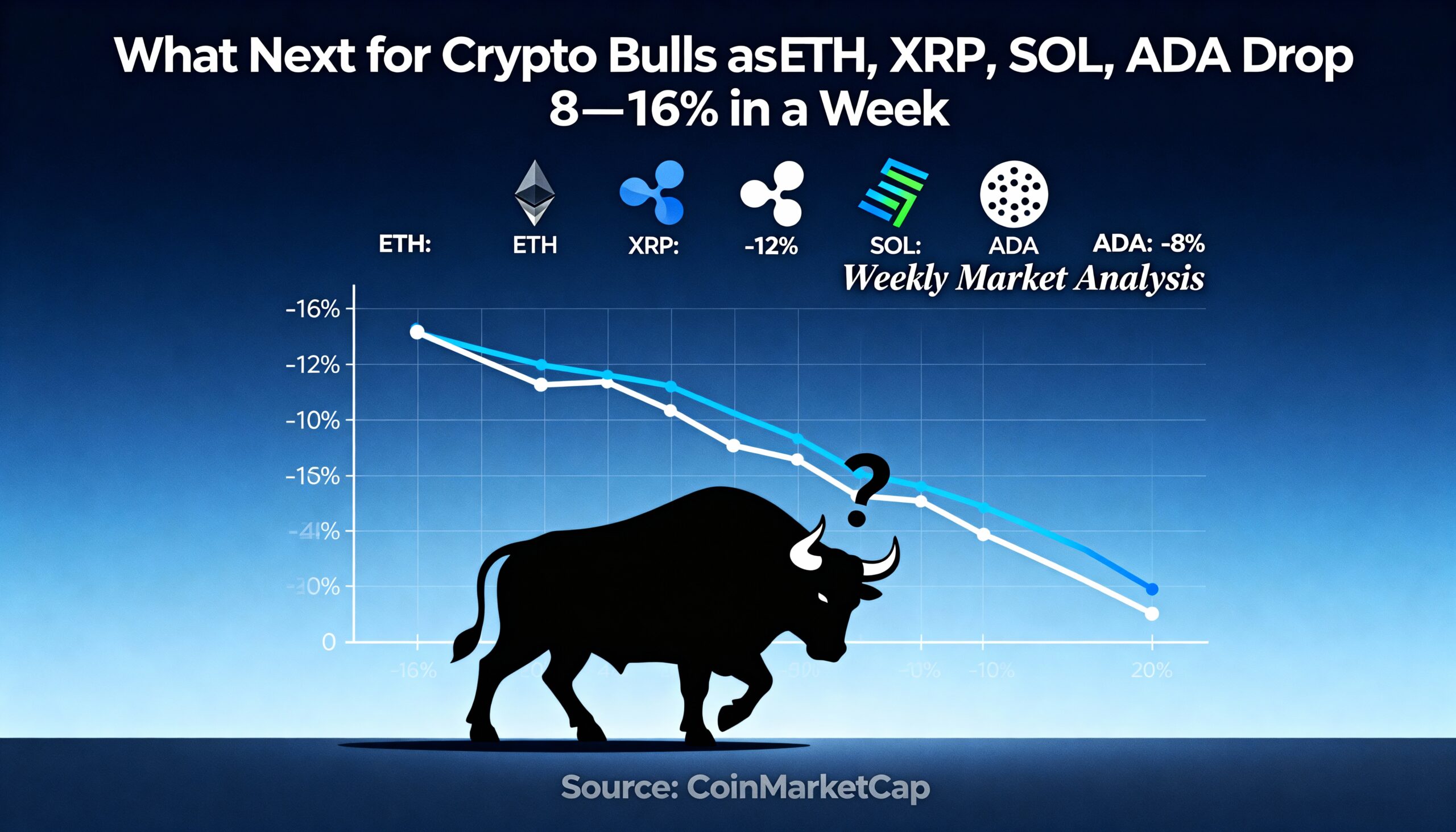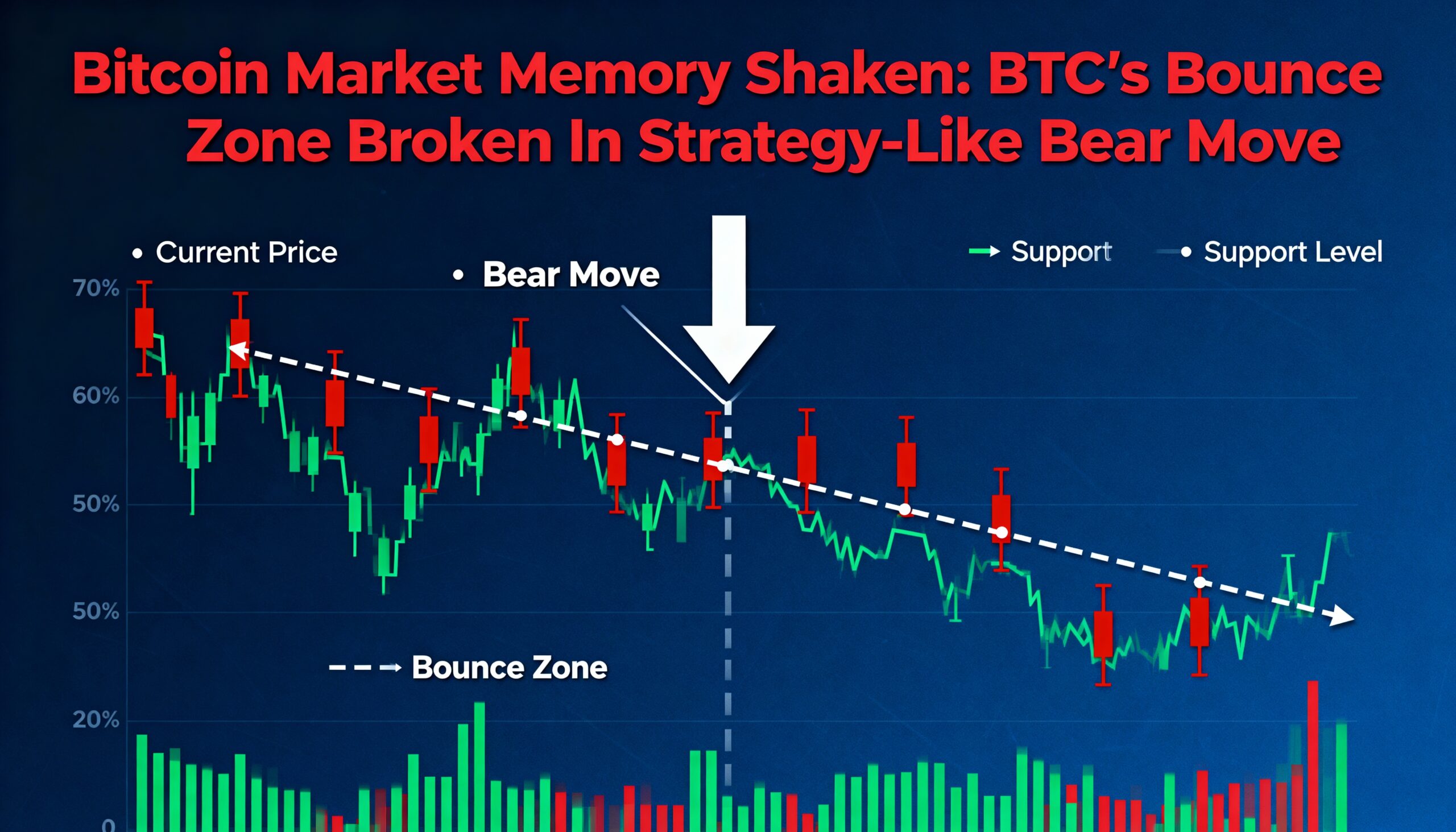
Bitcoin’s Recent Drop Signals Potential Further Losses, Says Market Strategist
Bitcoin (BTC) could remain under pressure in the near term, offering a potential buying opportunity for long-term investors, according to Andre Dragosch, Head of Research at Bitwise Europe.
Dragosch, who accurately forecasted Bitcoin’s bullish run earlier this year, now warns of possible deeper corrections following last week’s 8% drop. Bitcoin fell nearly 9% to around $95,000, marking its steepest weekly decline since August, according to TradingView and CoinDesk Indices.
The downturn came in the wake of the Federal Reserve’s hawkish stance, signaling fewer rate cuts than previously anticipated. This outlook triggered a sell-off across risk assets, with the S&P 500 sliding 2% and the dollar index rising to its highest level since October 2022. Meanwhile, the yield on the 10-year Treasury note climbed 14 basis points.
“The Federal Reserve is navigating a challenging environment where financial conditions remain tight despite three consecutive rate cuts,” Dragosch explained to CoinDesk. “At the same time, real-time inflation indicators, such as Truflation’s data, show re-accelerating price pressures.”
Dragosch, who correctly called Bitcoin’s summer rally when sentiment was bearish, believes short-term pain could present a compelling entry point for investors. “While more downside is possible, Bitcoin’s structural supply deficit remains a significant tailwind for its long-term outlook,” he added.
The strengthening of Treasury yields and the dollar typically dampens appetite for risk assets like Bitcoin, as higher yields offer more attractive returns and a stronger dollar makes USD-denominated assets more expensive for foreign investors.
Dragosch also highlighted parallels between the current inflationary environment and the 1970s, when inflation experienced a second wave. “The Fed seems cautious about aggressively cutting rates, fearing a resurgence in inflation similar to the twin peaks of the 70s,” he said. “If they cut too aggressively, inflation could spike; if they remain too conservative, economic growth might falter.”
Despite the near-term uncertainties, Dragosch emphasized Bitcoin’s long-term bullish case, pointing to its fixed supply as a hedge against monetary instability. “Eventually, financial tightening will force the Fed’s hand, and Bitcoin’s scarcity will shine through,” he concluded.























